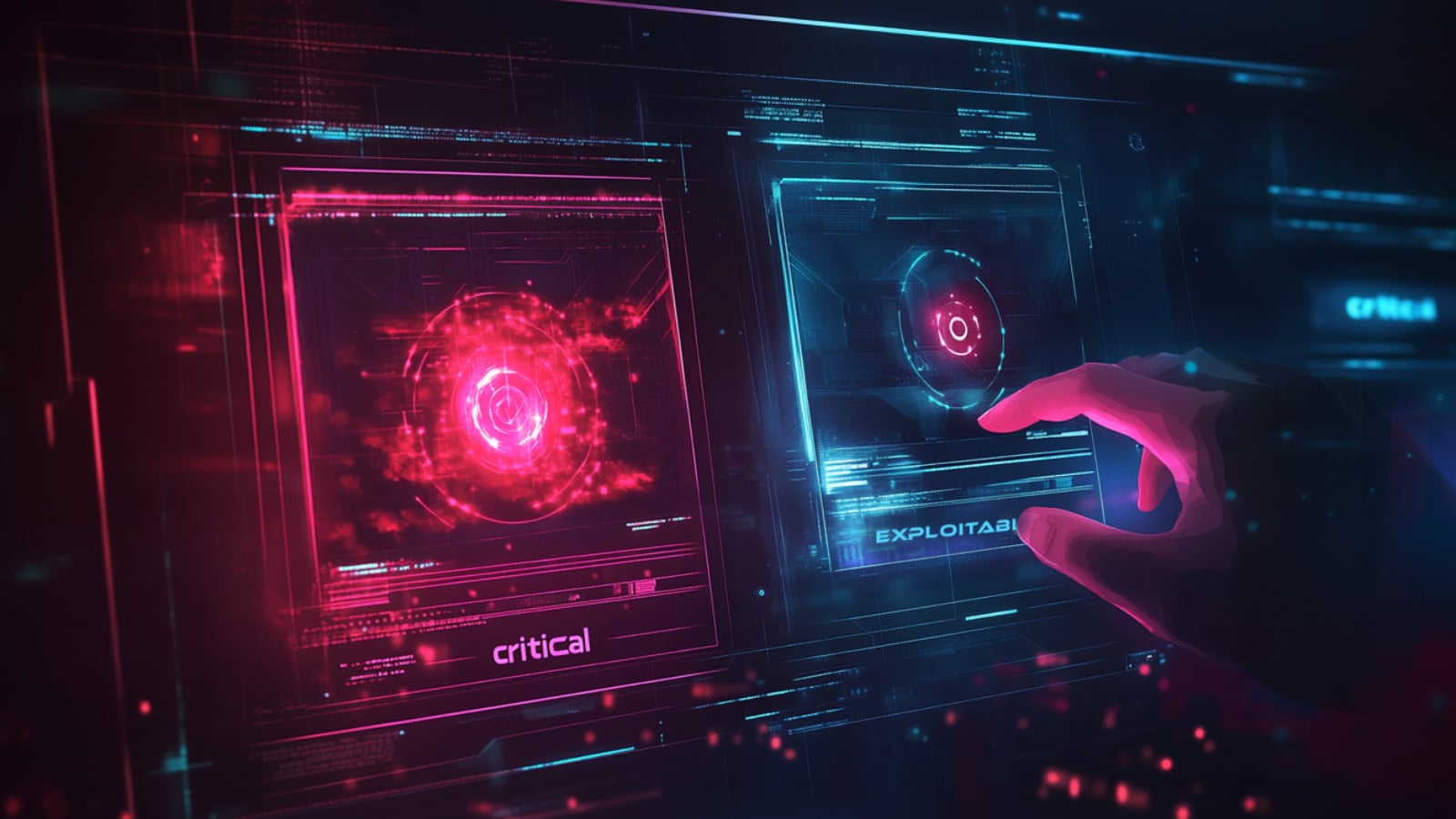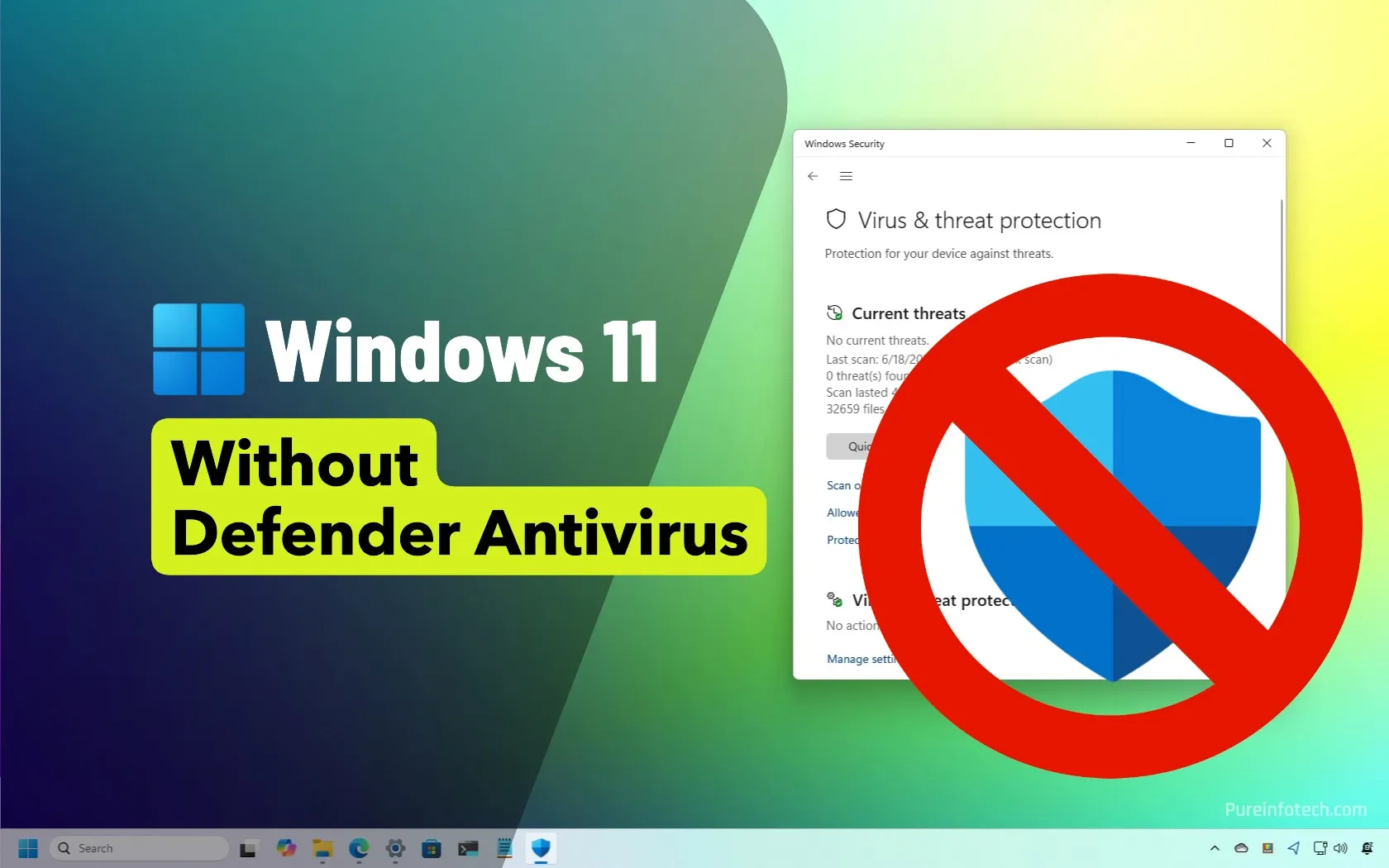Not Every CVE Deserves a Fire Drill: Focus on What’s Exploitable

More than 40,000 new vulnerabilities (CVEs) were published in 2024 alone. More than 60% of those were labeled “high” or “critical.” Sounds scary, sure, but how many of them actually put your environment at risk?
Not nearly as many as you might think.
Scoring systems like CVSS flag severity based on technical factors. But they don’t know your network, your controls, or how you’ve hardened key assets. That’s a problem. Because without context, teams spend too much time chasing scary-looking bugs that may already be blocked, and miss the quiet ones that aren’t.
This post breaks down why traditional vulnerability prioritization often leads you astray, and how a better approach, exposure validation, helps teams focus on what’s truly exploitable.
What’s the Problem With “Critical” Vulnerabilities?
Let’s start with the numbers. Vulnerability disclosures jumped 38% last year. And many tools, scanners, patching platforms, and dashboards still sort them by raw CVSS or EPSS scores.
But here’s the thing: these are just global scores. This means that, because a vulnerability scores a 9.8 on paper, it doesn’t mean it has a critical impact on your environment. Your firewall, EDR, IPS/IDS, or segmentation might already stop the exploit cold. Meanwhile, that “medium” severity issue buried lower on the list? It could actually be a ticking time bomb.
There’s also the speed of weaponization. In early 2024, more than half of exploited vulnerabilities were turned into working exploits shortly after public disclosure. Attackers move fast, often faster than defenders can react. And while new vulnerabilities grab headlines, many breaches still come down to older flaws we already know about but haven’t patched in time.
What we have here isn’t a discovery problem, it’s a prioritization problem.
Why Traditional Scoring Falls Short
Let’s break down how the usual systems work.
-
(The) CVSS gives you a severity rating based on access requirements, privileges, and potential impact.
-
EPSS predicts the likelihood of exploitation using external threat signals.
-
CISA KEV flags known exploited vulnerabilities.
Helpful? Sure, in big-picture terms, yes. But as helpful as they are, in theory, these systems don’t know your specific environment.
They can’t tell if your IPS blocks the exploit, if the asset is isolated, or if the system even matters. So they treat all networks the same, which can easily lead to wasting time and resources on the wrong fixes due to a sense of false urgency.
Replace guesswork with proof.
See how Picus validates your risks against real attacks and focuses your efforts on exposures you actually need to fix.
What Is Exposure Validation?
Exposure Validation flips the process. Instead of guessing how bad a vulnerability might be, it tests whether it’s actually exploitable in your actual environment.
It’s like running safe, controlled attack simulations, using real-world adversarial techniques, to see if the entire kill chain of the exploitation campaign works on you. If your controls stop it, great. If not, now you know what to fix.
The goal is simple: replace assumptions with proof. This way, you can fix the vulnerabilities that matter the most, first.
The Tech Behind It: BAS + Automated Pentests
Exposure Validation relies on two types of safe, non-destructive tools.
-
Breach and Attack Simulation (BAS): BAS runs continuous attack scenarios using known tactics and malware behaviors documented in the wild. Think of them as a way to check whether your EDR, SIEM, and firewall are catching what they’re supposed to, against both known and emerging threats.
-
Automated Penetration Testing: This technique mimics the actions of an attacker who already has access to your environment, testing how far they could go, once they’re inside. This includes lateral movement, privilege escalation, credential access, and attempts to reach sensitive targets like domain admins. It also frees up your red team to focus on more complex, creative, or critical attack paths.
Working together, these tools help your teams understand what attackers could really do in your network, not just what might be theoretically possible.
When a CVSS Score of 9.4 Isn’t Critical
Let’s see how this works in practice. Say a scanner flags a vulnerability with a CVSS score of 9.4. That sounds serious. But exposure validation puts it to the test.
First step: Is there a public exploit?
Yes. There’s a proof of concept available. But it’s not plug-and-play. It takes technical skill and some specific conditions to succeed. That makes this vulnerability less critical than it first appears, and the risk is adjusted to reflect that. This on its own drops the score to 8.7.
Next: Can your defenses stop it?
Now it’s time to check your security stack: cloud controls, network protections, endpoint tools, and SIEM rules. If those are already detecting or blocking the attack, the risk drops significantly.
In this case, your breach and attack simulation solution shows that your existing controls are doing their job, bringing the vuln’s score down to 6.0.
Last check: Does the system matter?
The vulnerable asset is not critical. It does not hold sensitive data and does not impact core operations. With that in mind, the score drops again, this time to 2.4.
In this scenario, the scanner all but screamed it had a vulnerability with a 9.4 score and it was critical that you pay it some serious attention. However, in your real-world environment, this vuln would be blocked and detected, letting you deal with far more critical vulnerabilities to your org. This is what exposure validation does. It differentiates the real risks from the noise, letting you fix what matters and move on from what doesn’t.
A Smarter Way to Prioritize
Picus Security’s Exposure Validation (EXV) solution helps teams move past surface-level scores and focus on what’s real.
We combine attack surface management, breach and attack simulation, and automated pentesting together to see whether a vulnerability can be exploited in your actual environment.
Then it calculates a risk score that reflects real conditions, not just worst-case assumptions. That score takes into account three key factors:
-
Is the vulnerability truly exploitable?
-
Are your existing controls already blocking it?
-
Does the affected system actually matter to your organization and its daily operations?
Armed with this context, your teams no longer have to chase down every high-severity alert. You get a clear, manageable list of exposures proven to matter to your business and its environment with far less noise.
Results From the Field
When teams stop relying on raw CVSS scores and start validating exposures, they start seeing results immediately.
As Picus, we’ve seen organizations cut their critical vulnerability count by more than half, from 63 percent to just 10 percent. Same environment. Same tools. The only change was verifying what could actually be exploited.
That shift saves hours of patching, clears out the noise, and most importantly, lets security teams more effectively focus on real threats and effectively stop chasing ghosts.
Instead of flooding workflows with hundreds of high-severity findings, teams get a clean, focused list of what truly matters. Less time spent arguing over priorities. More time fixing real issues.
Validation turns vulnerability management into something actionable. You move faster, waste less, and protect what really matters.
Final Thoughts
You don’t need to fix everything. You just need to fix what’s real.
Exposure validation helps teams move past raw severity scores and start making decisions based on data.
The result? Better prioritization, stronger defenses, and a more secure organization.
Learn more about Picus Security’s Exposure Validation (EXV) solution.
Sponsored and written by Picus Security.
Source link











